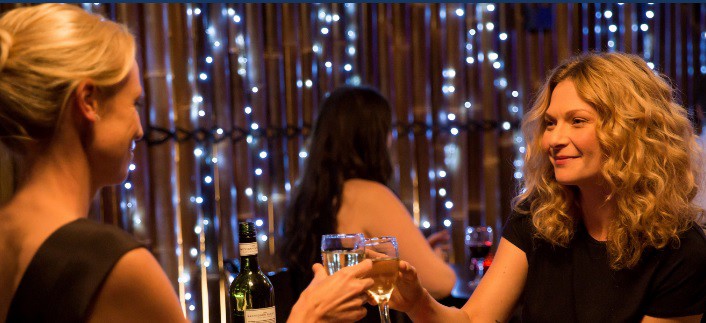Screen NSW (New South Wales) announced its 50:50 by 2020 Gender Target for female writers, producers, and directors one year ago. The industry has since undergone a dramatic change, and is now “on track to achieve gender parity across overall numbers in director, writer, and producer roles by the end of the 2016/17 financial year,” Screen NSW reports. From July 1, 2017, 50 percent the of the feature films the NSW industry funds will be written or directed by women.
According to its official website, Screen NSW was “established to assist, promote, and strengthen the screen industry in NSW so as to promote Australia’s cultural identity, encourage employment in all aspects of screen production, encourage investment in the industry, enhance the industry’s export potential, encourage innovation, and enhance quality in the industry.”
Screen NSW has made gender equality a priority, and it’s clear that their efforts are paying off. “Across all genres and formats, female directors are attached to 46 percent of projects funded (up from 28 percent), female writers are sitting at 48 percent (up from 30 percent) and female producers are at 67 percent (up from 56 percent ),” Screen NSW writes. These are remarkable strides, and the success of the 50:50 by 2020 Gender Target shows how effectively — and quickly — change can be instituted. As Courtney Gibson, the CEO of Screen NSW observed, “When you change the rules, you change the game.”
“The NSW screen industry is to be congratulated for moving so swiftly to achieve gender parity,” said Gibson. “We gave ourselves until 2020 to achieve a 50 percent participation rate by women in key creative roles, but we are close to achieving that overall after just one year.”
“What this shows is that clear action and determination can swiftly change participation by under-represented groups in our industry,” Gibson explained. “We’re getting more applications across the board from projects with women attached and I can say, without any doubt, we are increasing female participation rates without ever compromising on the quality of the projects we prioritize for funding.”
Gibson emphasized, “Sustained change doesn’t happen organically — it happens when government subsidy comes with strings attached, and why shouldn’t it? At Screen NSW we believe we will have stronger, richer screen storytelling, and grow audiences, by enabling a diversity of voices to be heard. And we also know industry wants to change; whenever we create a pathway to engineer change, industry embraces it.”
A number of countries have implemented measures with the goal of closing the gender gap in the films they fund. Earlier this year, The National Film Board of Canada (NFB), an agency of the country’s federal government, announced that at least half of its productions will be helmed by women, and half of all production financing will be allotted to supporting women telling their own stories. Less than one week ago, Telefilm Canada, the country’s biggest film financier, unveiled measures to ensure half of the movies it finances will now be directed or written by women. Screen Australia and The British Film Institute have also launched initiatives to increase the number of projects by and about women.
Head over to Screen NSW’s website for more information about the success of the 50:50 by 2020 Gender Target, including specific figures about various media including docs and TV dramas.







